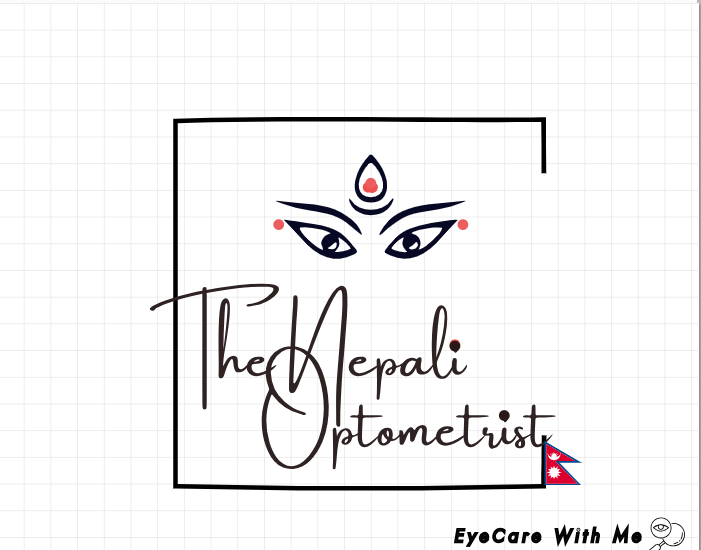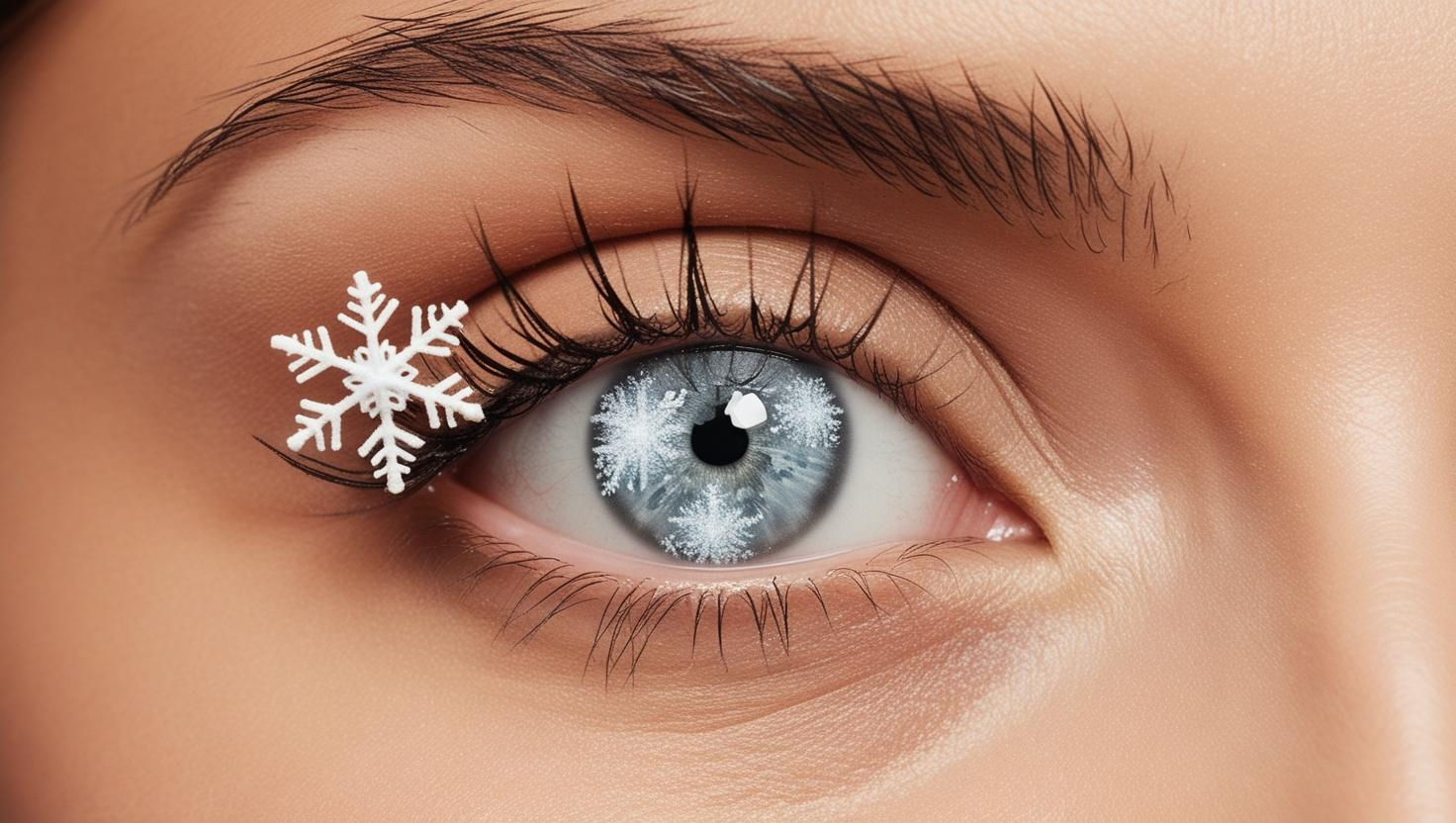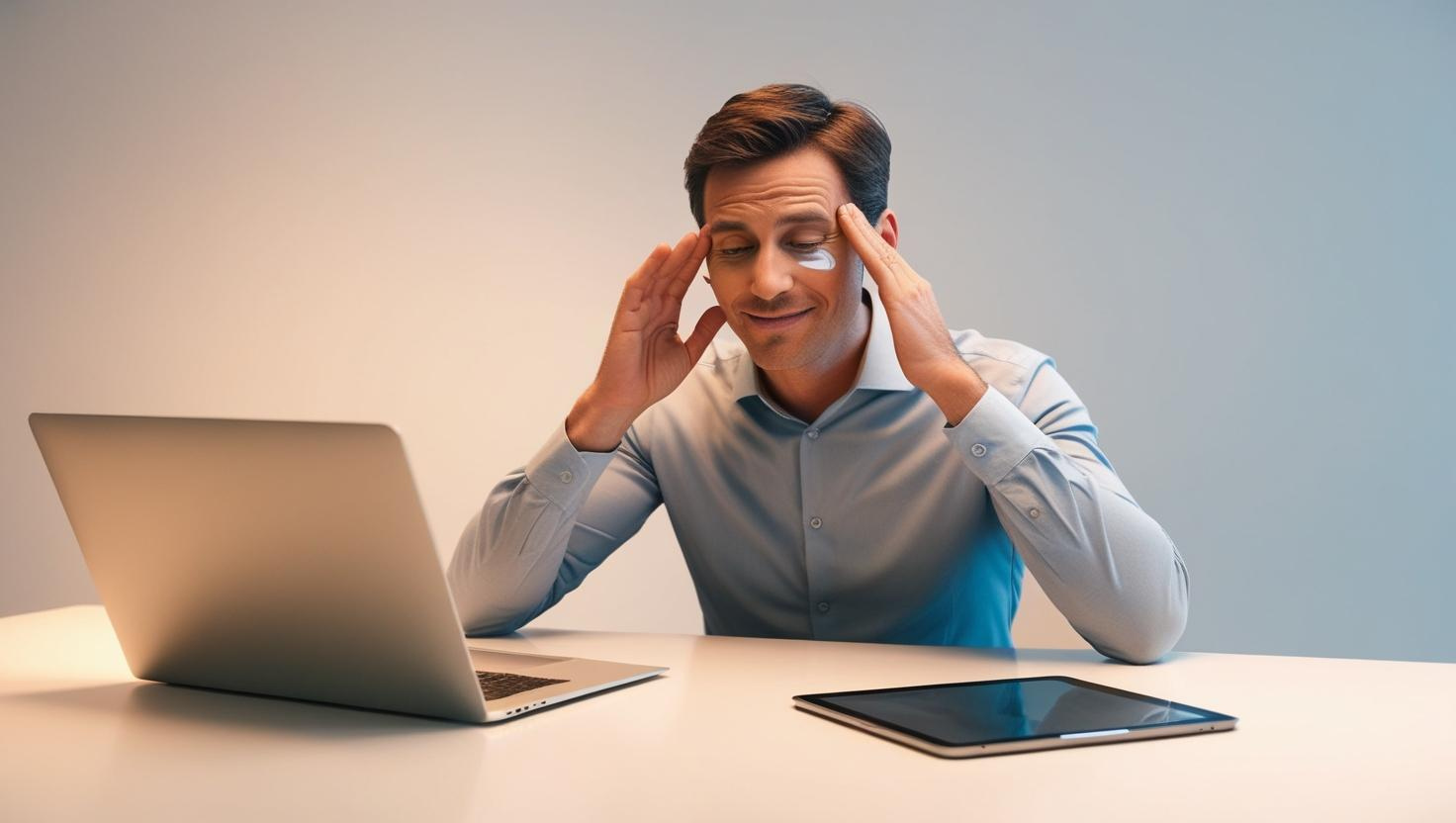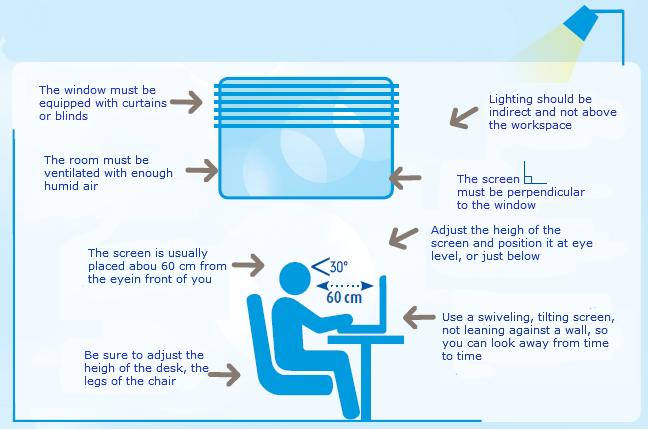 Winter brings cold winds, dry air, and low humidity, which can affect our skin and eyes. Focusing on keeping our eyes moisturized, protected from UV rays, and shielded from harsh weather is important to protect our eyes and maintain healthy vision. However, knowing the reason why winter affects eye health and how with the right measures, can we protect our vision and ensure our eyes remain comfortable and healthy is essential.
Winter brings cold winds, dry air, and low humidity, which can affect our skin and eyes. Focusing on keeping our eyes moisturized, protected from UV rays, and shielded from harsh weather is important to protect our eyes and maintain healthy vision. However, knowing the reason why winter affects eye health and how with the right measures, can we protect our vision and ensure our eyes remain comfortable and healthy is essential.
Why Winter Affects Eye Health
Winter weather brings unique conditions that can strain our eyes. Here are some common factors:
- Dry Air and Low Humidity: The drop in humidity levels during winter, both indoors and outdoors, can lead to dryness in the eyes. Prolonged exposure to such conditions may cause irritation and discomfort.
- Cold Winds: Harsh, cold winds can dry out the natural moisture in our eyes, leading to symptoms such as redness, itching, and even watery eyes as a reflex response.
- Indoor Heating Systems: Heating systems make indoor environments warm but also reduce humidity, further exacerbating eye dryness.
- UV Radiation: Snow reflects nearly 80% of the sun’s UV rays, which can increase our risk of UV-related eye damage, including snow blindness and long-term conditions like cataracts and macular degeneration.
- Increased Screen Time: Winter often means spending more time indoors, leading to prolonged use of digital devices, which can cause digital eye strain.
Common Winter Eye Problems
- Dry Eye Syndrome: A condition characterized by a lack of sufficient moisture on the surface of the eyes. Symptoms include itching, burning, and a gritty sensation.
- Snow Blindness: Also known as photokeratitis, it’s a painful condition caused by overexposure to UV rays reflected off snow.
- Redness and Irritation: Often a result of dry air and increased sensitivity to the cold wind.
- Watery Eyes: A reflex response to dryness or irritation caused by exposure to cold air.
- Infections: Cold weather can weaken the immune system, making your eyes more susceptible to infections like conjunctivitis (pink eye).
Essential Winter Eye Care Tips
To combat these challenges, it’s important to adopt specific eye care practices during the winter season:
1. Keeping Eyes Moisturized
- Use lubricating eye drops or artificial tears to maintain moisture in your eyes. This is especially important if you spend long hours in dry indoor environments.
- Avoid over-the-counter drops meant for redness relief, as they may worsen dry eyes over time.
2. Wear UV-protective sunglasses
- Even in winter, UV rays can harm your eyes. Snow’s reflective surface amplifies UV exposure, making sunglasses essential.
- Choose sunglasses that block 100% of UVA and UVB rays.
- Wraparound styles are ideal for protecting your eyes from wind and glare.
3. Stay Hydrated
- To ensure eye health, maintain proper tear production as well as for keeping our body hydrated, drinking plenty of water throughout the day is essential.
4. Use a Humidifier
- Install a humidifier in your home to counteract the dryness caused by heating systems. Maintaining indoor humidity levels between 30% and 50% is optimal.
5. Protect Your Eyes Outdoors
- Wear protective eyewear, such as goggles or wraparound glasses, when engaging in outdoor winter sports like skiing, snowboarding, or snowmobiling.
- Ensure your eyewear has anti-fog and UV protection for maximum safety.
Avoid Direct Heat
- Sitting too close to heaters, fireplaces, or blowers can dry out your eyes. Maintain a safe distance and use a humidifier to add moisture to the air.
7. Follow the 20-20-20 Rule
- For those who spend significant time on screens, practice the 20-20-20 rule: Every 20 minutes, look at something 20 feet away for at least 20 seconds to reduce eye strain.
8. Maintain a Balanced Diet
- Include foods rich in omega-3 fatty acids, vitamin A, vitamin C, and zinc. These nutrients support overall eye health.
- Examples include salmon, walnuts, spinach, carrots, and citrus fruits.
9. Remove Makeup Before Bed
- Properly removing makeup, especially around the eyes, can prevent irritation and reduce the risk of infections during winter.
10. Visit Your Eye Doctor
- Schedule regular eye exams, especially if you experience persistent discomfort or vision issues. An eye care professional can provide personalized advice and treatments tailored to your needs.
Special Tips for Contact Lens Wearers
Winter can be particularly challenging for contact lens wearers. Here’s how to keep your lenses comfortable:
- Switch to Moisture-Rich Lenses: Use lenses designed to retain moisture or daily disposable lenses to minimize dryness.
- Apply Eye Drops: Use contact lens-safe lubricating drops to prevent dryness and irritation.
- Limit Wear Time: Avoid wearing lenses for extended periods, especially in extremely dry environments.
- Clean Your Lenses Thoroughly: Proper cleaning and storage are crucial to avoid infections during the winter months.
Lifestyle Adjustments for Healthy Eyes in Winter
- Take Breaks from Screens: Limit screen time and take frequent breaks to reduce digital eye strain.
- Exercise Regularly: Physical activity improves blood circulation, which benefits eye health.
- Get Adequate Sleep: Restful sleep allows your eyes to recover from daily stress and dryness.
- Quit Smoking: Smoking can exacerbate dry eye symptoms and increase the risk of long-term eye diseases.
Winter Eye Care for Children
Children’s eyes are more sensitive to environmental changes. Here are a few tips to protect their vision:
- Ensure they wear sunglasses with UV protection during outdoor activities.
- Use hats or beanies with brims to shield their eyes from direct sunlight and wind.
- Teach them to avoid rubbing their eyes, which can introduce irritants or cause infections.
- Keep their screen time in check to reduce eye strain.
When to See an Eye Doctor
While most winter eye problems can be managed with preventive care, it’s important to seek professional help if you experience:
- Persistent dryness or irritation despite using eye drops.
- Blurry vision or difficulty seeing clearly.
- Redness, swelling, or pain in your eyes.
- Symptoms of snow blindness, such as intense light sensitivity or vision loss.
- Any signs of infection, including discharge or excessive tearing.
An eye care professional can diagnose and treat underlying issues, ensuring your eyes remain healthy throughout the winter season.
Conclusion
Winter doesn’t have to be a challenging time for your eyes. By taking proactive steps such as moisturizing your eyes, wearing UV-protective sunglasses, and staying hydrated, you can enjoy the season without discomfort. Additionally, maintaining a balanced diet, using a humidifier, and following good screen habits can further enhance your eye health. Remember, your eyes are precious, so give them the care they deserve, no matter the season!




